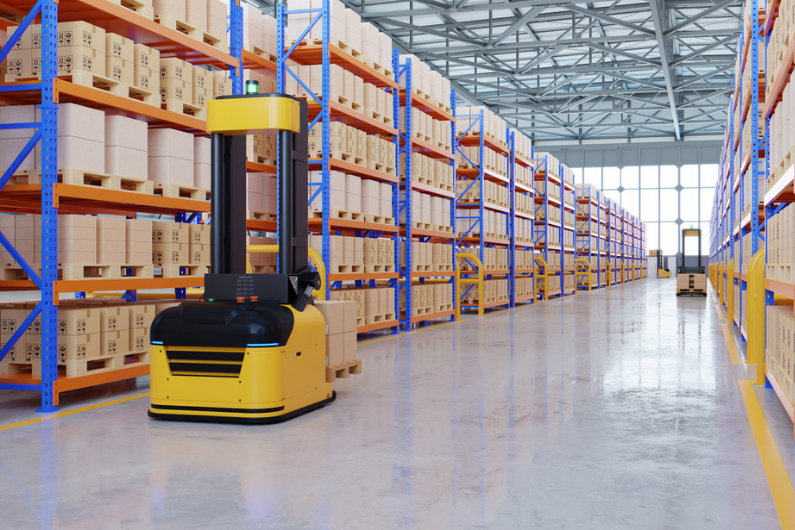The Solution
Metravib’s expertise department went to the customer’s site to perform a series of physical measurements on the stackers:
- Rolling tests with accelerometric measurements and extensometry
- Operating deflection shape (ODS)
- Experimental modal analysis (EMA)
- Characterisation of the excitation and dynamic response of the structure
Speaking of which, various experimental data were collected.
Metravib’s calculation department carried out a numerical finite element model of the stacker before proceeding to a numerical modal analysis to identify the cause of the cracks.
The experimental data collected on site were used to recalibrate the numerical model and ensure its efficiency according to the dynamic behaviour of the structure.
Once the model was recalibrated, dynamic computations (response spectral analysis) were carried out. The purpose of these computations was to evaluate the stress levels, frequencies and eigenmodes of the stacker structure that contributed to possible modal amplifications.
As a result of the study, various strengthening solutions (optimisation of support conditions, design modification of certain parts of the assembly, etc.) were recommended to the customer to achieve acceptable stress levels in the weak areas.



